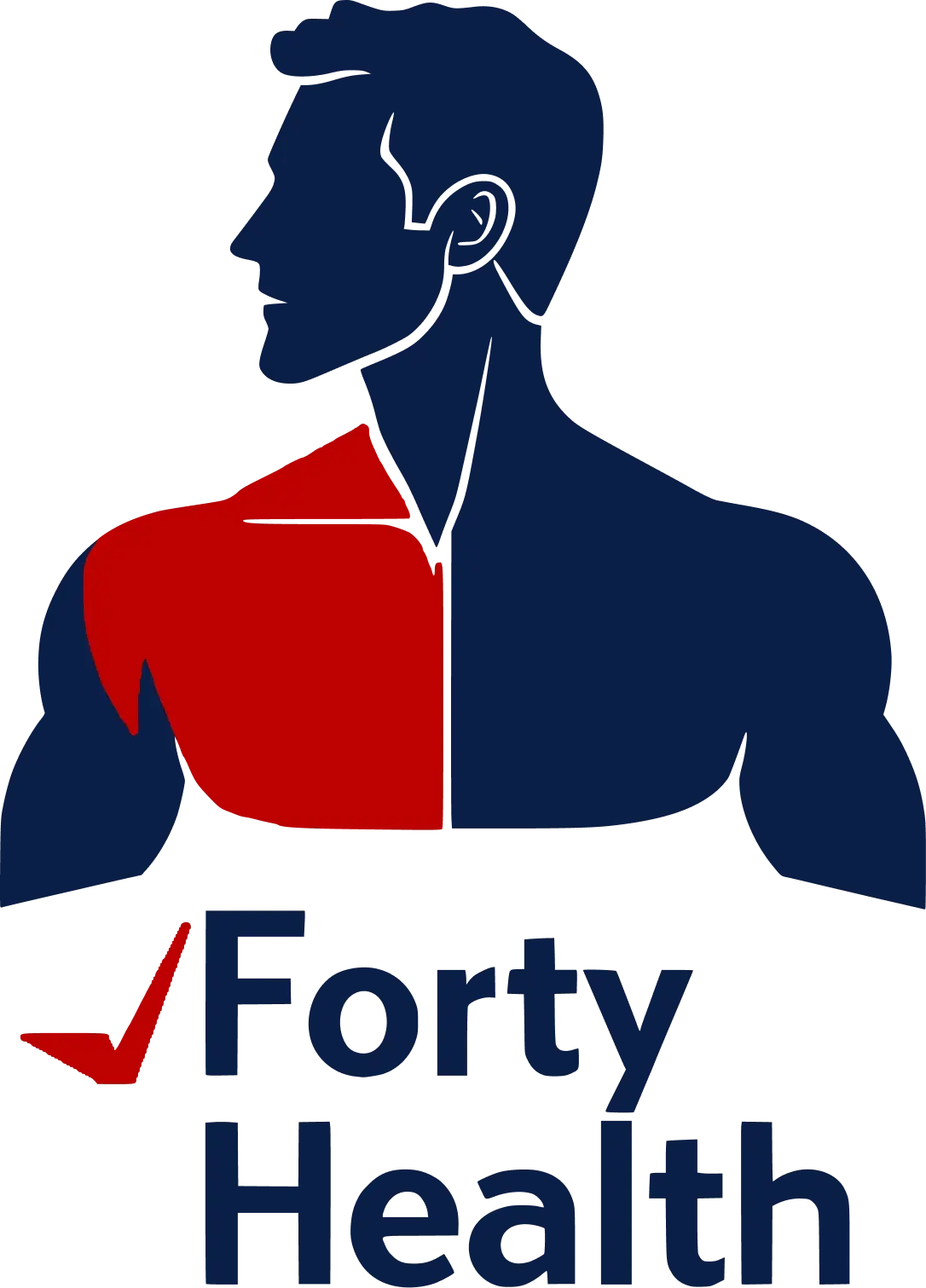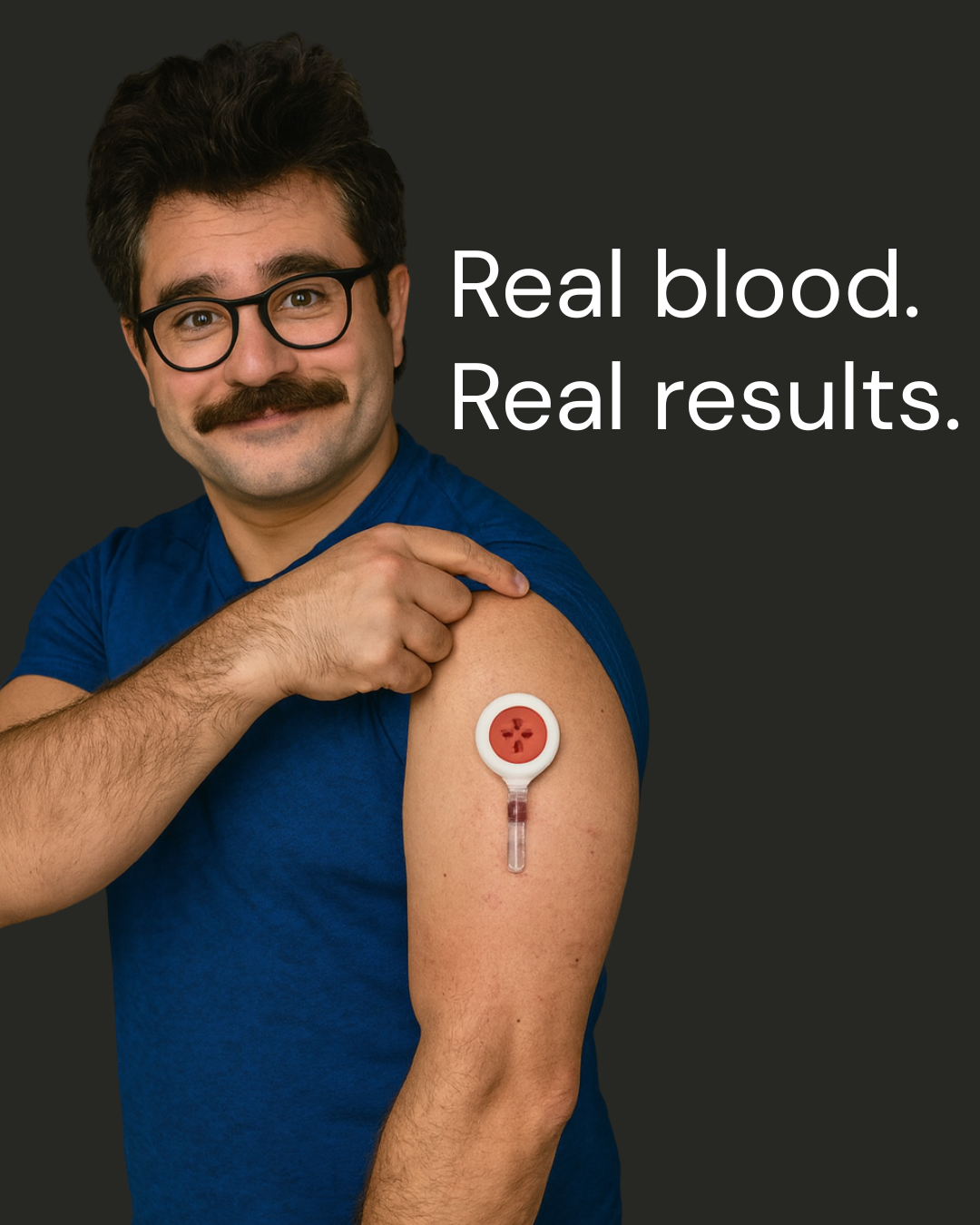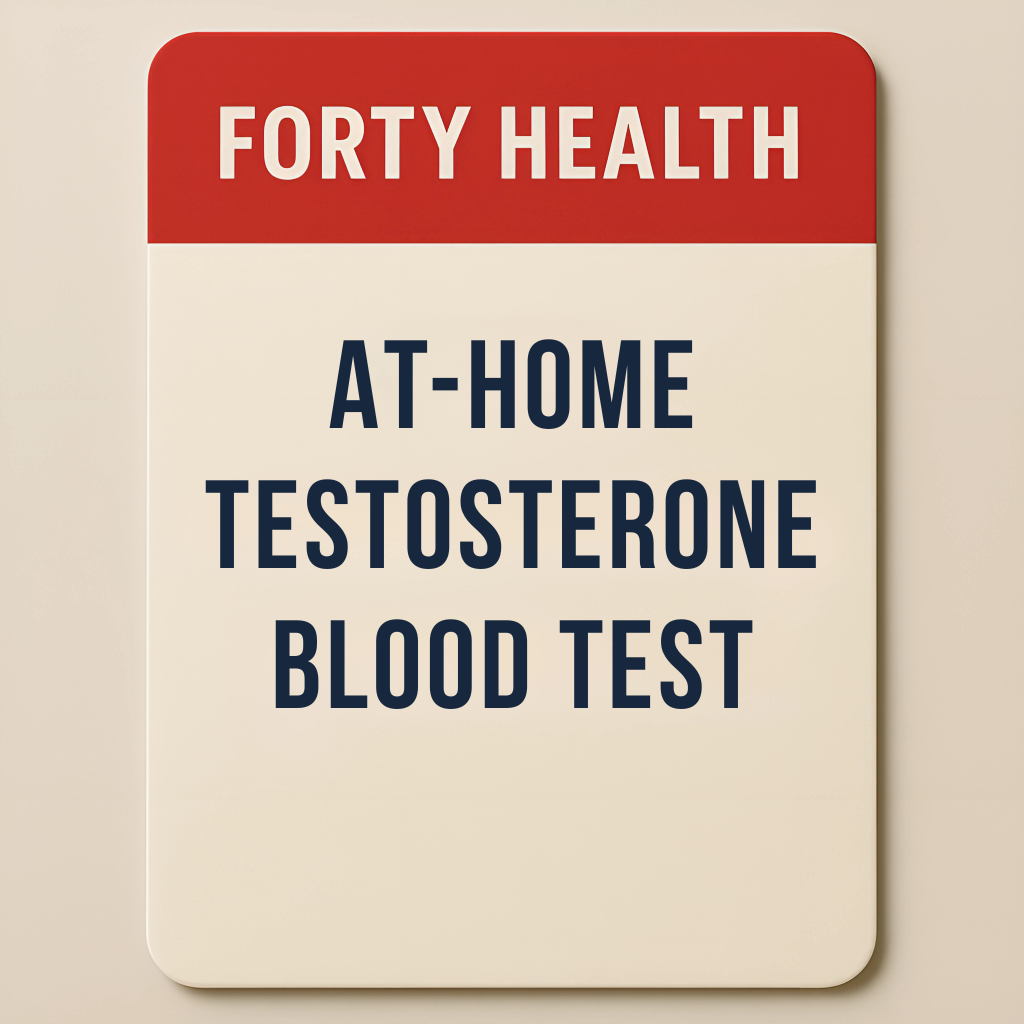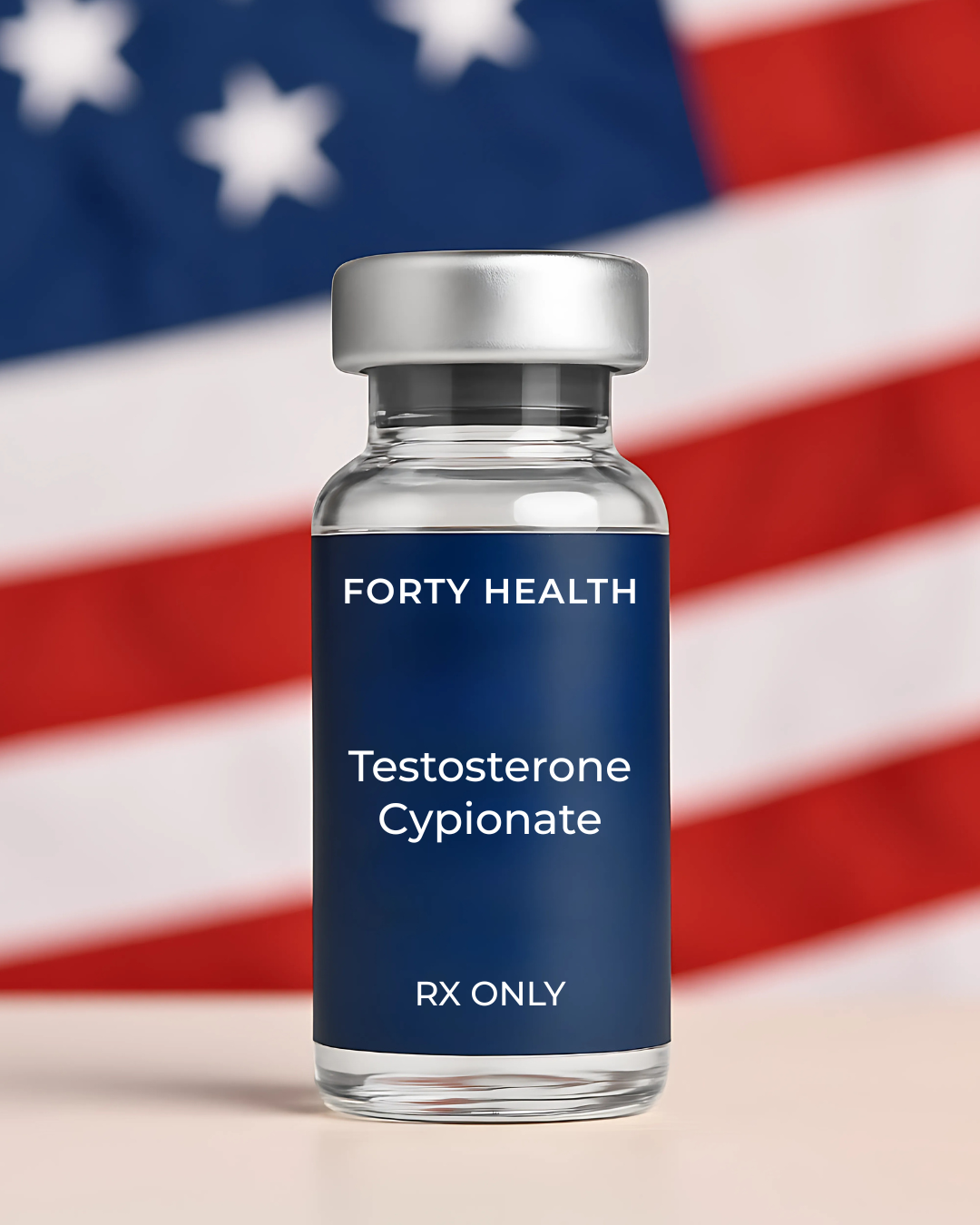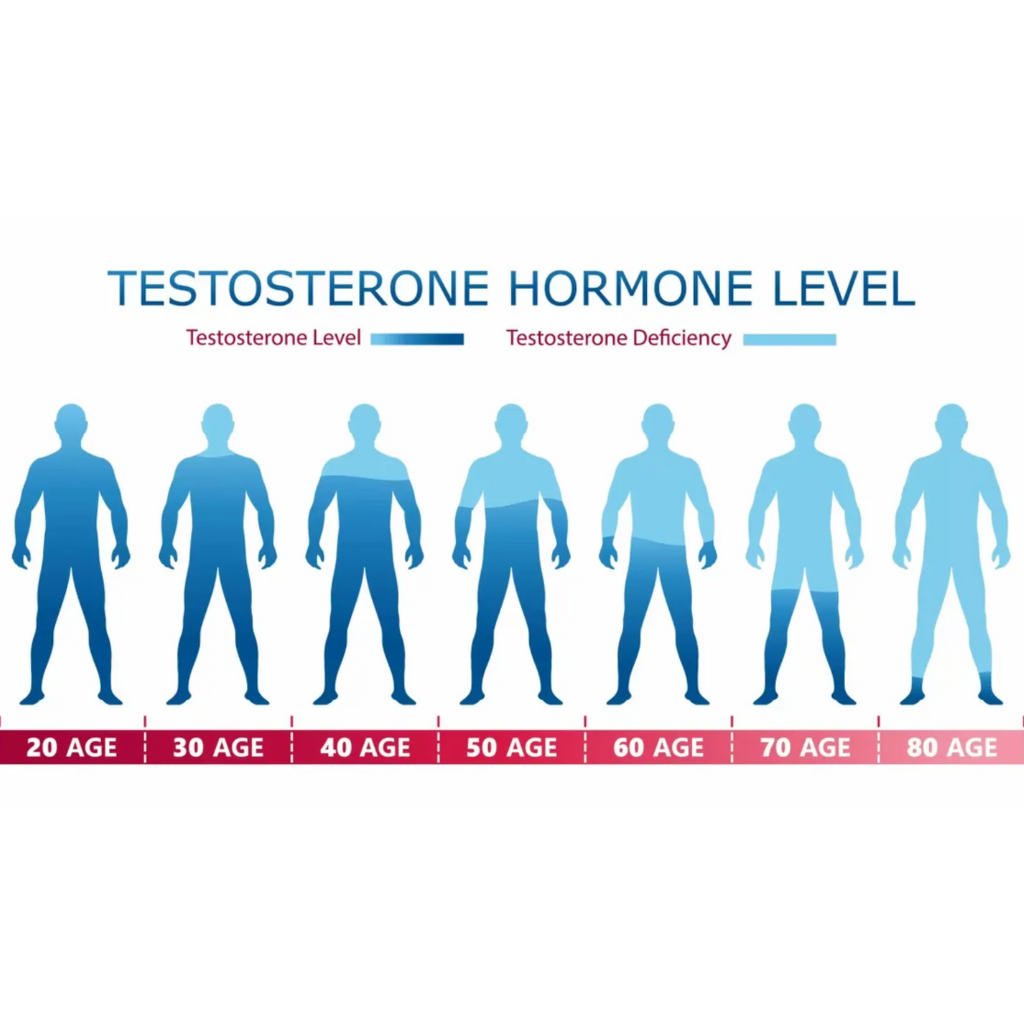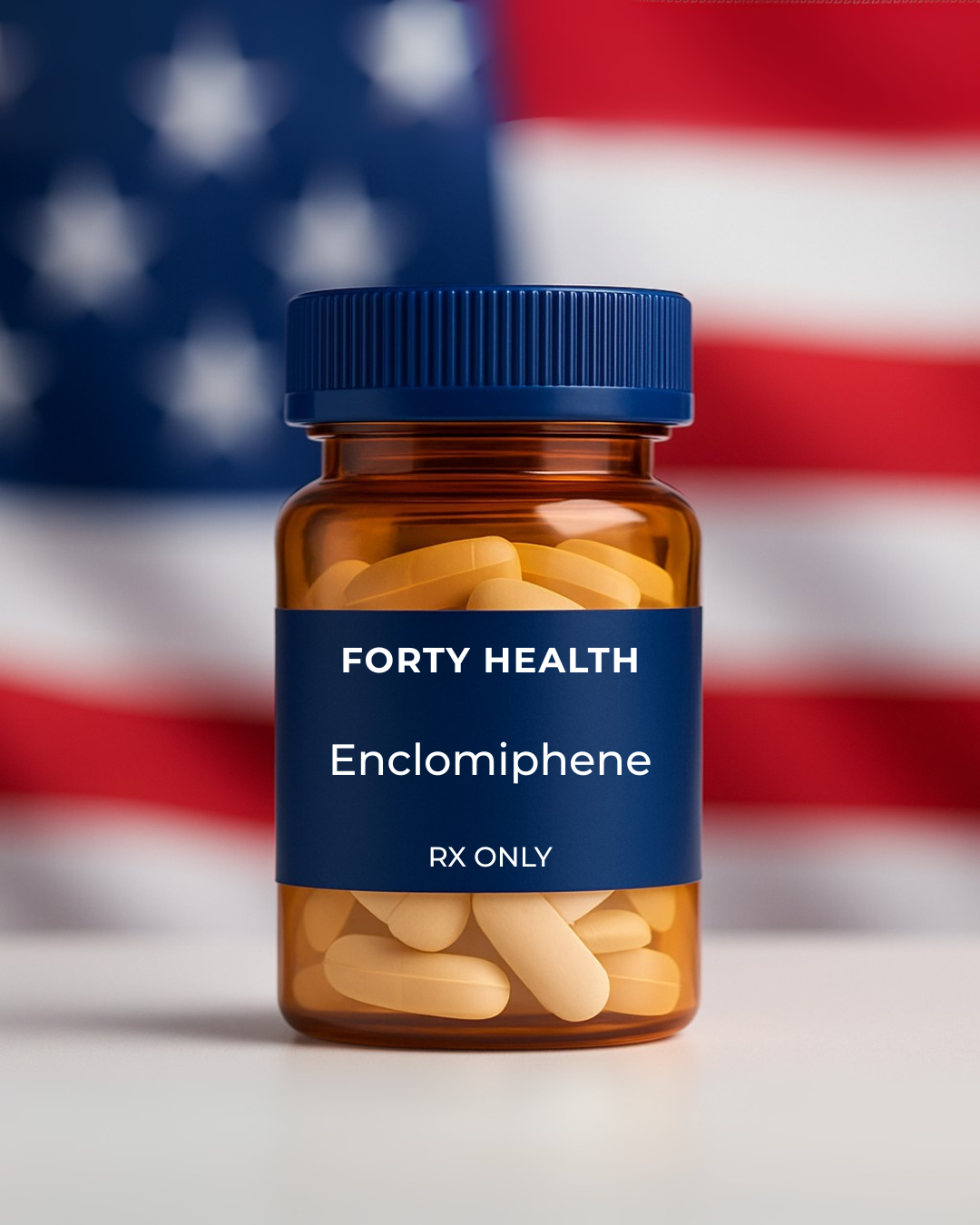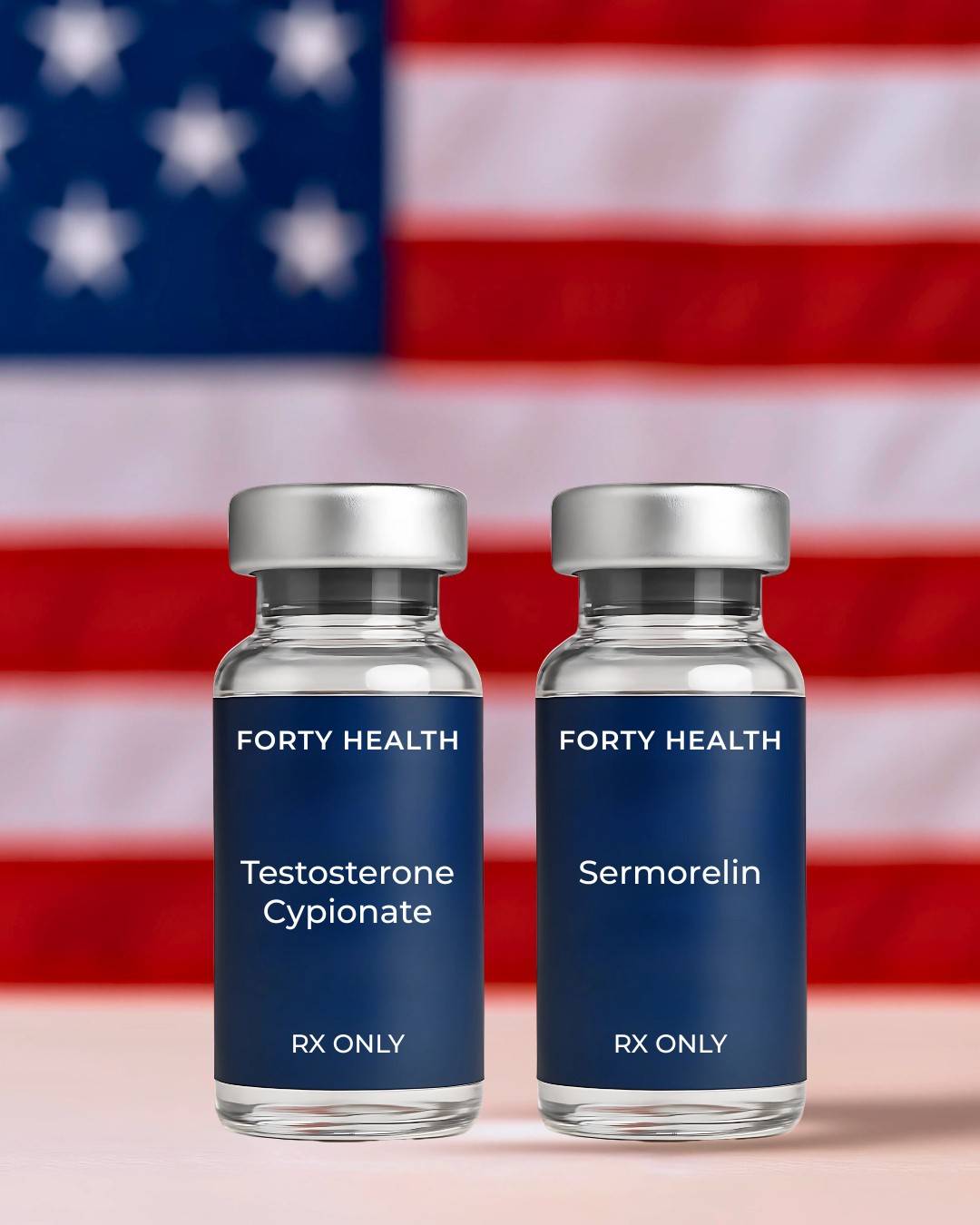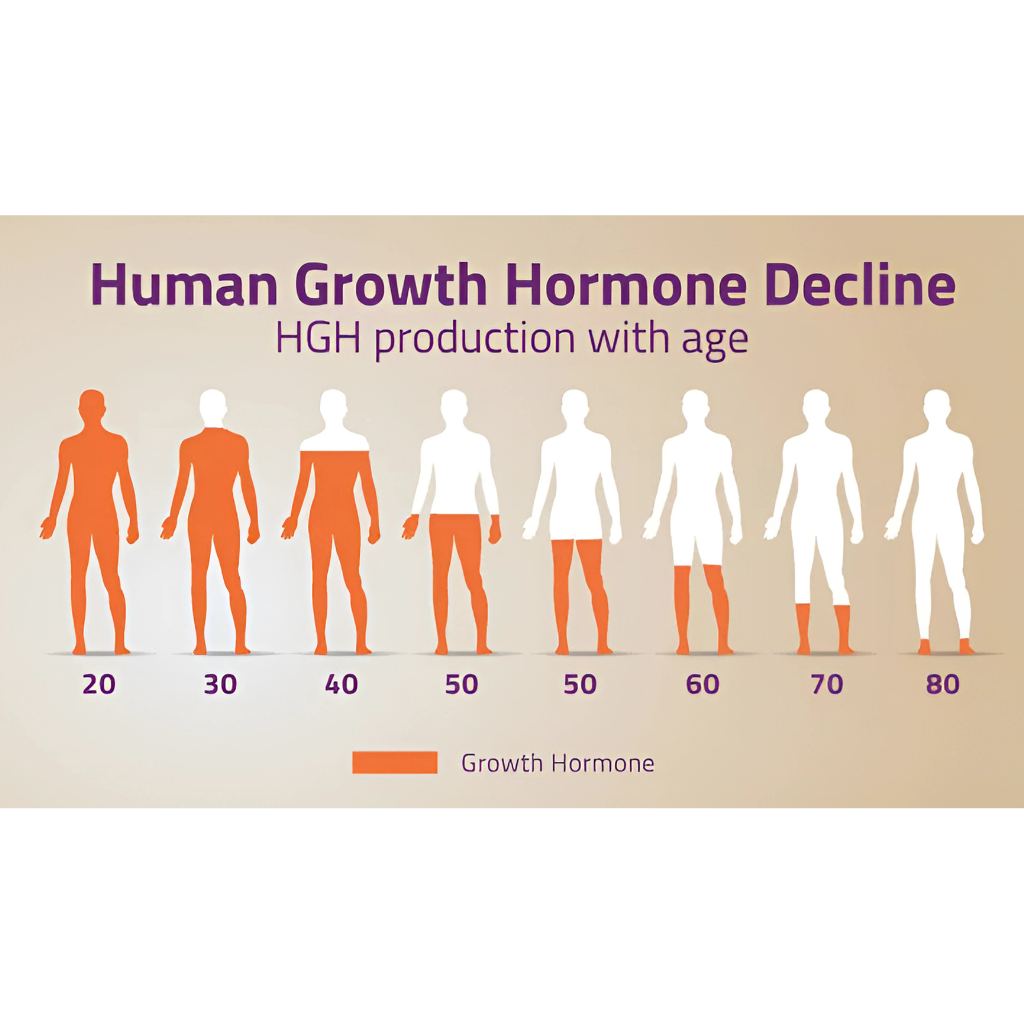
10+ Signs of Low Testosterone![]()
![]()
![]()
Introduction
Testosterone replacement therapy (TRT), also known as androgen therapy, is typically prescribed to address low testosterone levels—a condition that can result from aging or certain health issues.
Lately, however, TRT has gained traction beyond its medical purpose. People are turning to it for a range of personal goals, such as:
- Increase energy
- Improve sleep quality
- Increase motivation
- Enhance recovery
- Fight tiredness
- Reduce "brain fog"
- Boost libido and get harder erections
- Last longer in bed
- Wellness, anti-aging, and longevity medicine
While some studies hint at TRT's potential benefits in these areas, the science is still evolving.
Low testosterone often goes unnoticed, leaving many undiagnosed. This article breaks down the signs of low testosterone, how to know if TRT might be right for you, the types of testosterone tests available, and how doctors diagnose low T.
What is Testosterone Replacement Therapy?
Testosterone replacement therapy (TRT) is used to treat men with abnormally low testosterone caused by conditions like hypogonadism, testicular injury, or disease. It's also prescribed following an orchiectomy—the surgical removal of one or both testicles—to restore hormonal balance.
Testosterone naturally peaks during the teen years and early twenties, then gradually declines—typically by about 1% annually—starting around age 30 or 40. In older men, it's crucial to distinguish whether low testosterone is part of the normal aging process or the result of an underlying condition like hypogonadism.
Hypogonadism disrupts testosterone production due to dysfunction in the testicles or the pituitary gland, which regulates hormone output. TRT, administered through injections, skin patches, gels, or implanted pellets, can help alleviate the symptoms linked to low testosterone in affected individuals.
The FDA only endorses testosterone replacement therapy (TRT) when low testosterone is linked to a diagnosed medical issue. As of 2025, age-related testosterone decline alone doesn’t qualify for approval for most health insurance payors.
Signs of Low Testosterone: What to Watch For
A significant drop in testosterone—often referred to as Low T—can lead to a variety of physical and emotional changes. These signs of low testosterone are often subtle but can greatly impact your quality of life. Here’s what to look out for:
1. Reduced Sex Drive
One of the earliest and most common TRT symptoms is a noticeable drop in libido. While some decline in sexual desire is natural with age, Low T can cause a much sharper decrease that affects intimacy and sexual satisfaction.

2. Erectile Difficulties aka Erectile Dysfunction
Testosterone plays a key role in achieving and maintaining erections by triggering the release of nitric oxide—a chemical essential for blood flow. If you're experiencing more frequent struggles in this area, it could be one of the clearer signs of low testosterone. Difficulty with spontaneous erections, such as those during sleep, may also indicate Low T.
Though studies show that around 35% of men with erectile dysfunction also have low testosterone, results are mixed on whether testosterone replacement therapy (TRT) consistently improves this issue. Keep in mind, other factors like diabetes, high blood pressure, and stress can also contribute.
3. Persistent Fatigue
Feeling drained despite a good night’s sleep? Chronic exhaustion and lack of motivation are common TRT symptoms, especially if you’re struggling to find the energy for regular physical activity.
4. Loss of Motivation
Low testosterone can lead to a gradual decline in motivation and ambition. There have been studies that show that competitive, goal-seeking behaviors are changed with success in treating low T adequately. While you might still be trying your best, you might find that you are just not completing the tasks you set out to do on a routine basis and the To-Do list just keeps getting longer and longer—an indirect possible early sign of low testosterone.
5. Increased Body Fat
Unexplained weight gain, especially in the belly area, may be linked to Low T. Some men also experience gynecomastia—enlarged breast tissue—due to a hormonal imbalance between testosterone and estrogen.
6. Weaker Bones
Since testosterone helps maintain bone density, Low T can leave bones brittle and more prone to fractures. This is particularly concerning for older men, making bone health a key factor when looking at signs of low testosterone.
7. Mood Shifts
Irritability, anxiety, and even depression can be TRT symptoms, as testosterone helps regulate mood and emotional stability. A consistent drop in motivation or overall life satisfaction might stem from Low T rather than external stress alone.

8. Focus and Memory Issues
Testosterone appears to influence memory and cognitive clarity. Some older men with Low T report brain fog or forgetfulness. While hormone therapy might offer slight improvements, the evidence remains mixed.
9. Smaller Genital Size
Over time, Low T can lead to a reduction in testicle size and, in some cases, a smaller penis. This change, while not harmful, can affect body image and self-confidence.
10. Anemia Risk
Lower testosterone levels may interfere with red blood cell production, raising the risk of anemia. If you’re feeling weak, lightheaded, or unusually short of breath, it could be another overlooked sign of low testosterone.
11. Hair Thinning
Though often chalked up to aging or genetics, a sudden loss of facial or body hair might be one of the more visible TRT symptoms. Testosterone supports hair growth in various areas of the body, not just the scalp.
12. Hot Flashes
Though commonly associated with menopause, hot flashes can also occur in men—particularly those with severely low T. These episodes may feel like sudden waves of heat, followed by flushing, sweating, or night sweats. They're especially common in men undergoing testosterone-suppressing treatments like androgen deprivation therapy.
Causes of Low Testosterone
Testosterone naturally declines with age, but a variety of health issues and external factors can also contribute to low levels. These include:
- Damage to the testicles
- Cancer treatments like chemotherapy or radiation
- Chronic stress
- HIV/AIDS
- Excessive alcohol consumption
- Kidney dysfunction
- Liver cirrhosis
- Disorders of the pituitary gland
- Autoimmune conditions
- Ongoing infections
- Obesity
- Metabolic syndrome
- Certain prescription drugs
How to Know If You Need TRT
Low testosterone can show up in obvious ways—or sneak in quietly. Common signs include:
- Reduced sex drive
- Trouble getting or keeping an erection
- Constant fatigue or low energy
- Thinning facial or body hair
- Difficulty focusing
- Feeling down or depressed
- Irritability
- Increased body fat
- A general lack of motivation or well-being
- Decreased sperm production
If you're experiencing these symptoms and buy a testosterone blood test to check if you have low testosterone levels, your doctor might recommend hormone therapy. However, if your levels are low but you're symptom-free, treatment usually isn't necessary.
Low T Diagnosis
For most men, healthy testosterone levels typically fall between 450 and 600 ng/dL. Levels dipping below 300 ng/dL are generally considered low. For each patient, there is a age based variation and personal health conditions to also consider for the diagnosis – healthcare usually isn’t just black or white, hence its called “practice” of medicine and the art of medicine.
A simple blood test, known as a serum testosterone test, is commonly used to measure how much testosterone is in your system.
If levels are unusually low, additional tests may help uncover the underlying cause. These may include checks for luteinizing hormone, prolactin, and a more detailed analysis of testosterone levels.
How do You Take TRT?
There’s no one-size-fits-all approach to testosterone replacement therapy—it all comes down to what suits your health needs and daily routine. Some treatments are part of a daily habit, while others only require attention once a month.
Options for TRT include:
- Pills taken by mouth
- Injections administered into the muscle
- Skin patches that deliver hormones gradually
- Creams applied directly to the skin
Another less common option involves applying testosterone to the gums twice a day.
When to See Your Healthcare Provider
If you're undergoing testosterone replacement therapy (TRT), staying in regular contact with your healthcare provider is key. These check-ins help ensure the treatment is working effectively and safely.
Experiencing issues like a drop in sex drive or unexpected fatigue? You might be dealing with low testosterone. Some symptoms are frequently missed as men frequently try to “tough out” their symptoms and attribute their symptoms to “just getting old” rather than addressing the root cause. Aging is mandatory but feeling old is a choice! A simple testosterone test can help identify the problem, and your provider can guide you through next steps—including whether TRT is right for you.
Check if you have symptoms of Low T with this brief online quiz (takes only 45 seconds to complete)!
To sum it up
Testosterone replacement therapy (TRT) has traditionally been used to treat individuals with low testosterone due to medical conditions like hypogonadism. However, for those without a diagnosed deficiency, the advantages of TRT remain uncertain, despite widespread buzz around it.
Before starting any testosterone-related supplements or medications, consult a testosterone healthcare provider. They can assess whether your expectations align with what’s medically advisable. Not to mention that TRT is a controlled substance that requires a physician’s prescription per DEA regulations. If someone is offering TRT without asking for a prescription, be extremely wary!
Ongoing medical supervision is essential throughout treatment to track any side effects or unexpected changes, ensuring your safety as therapy progresses.
